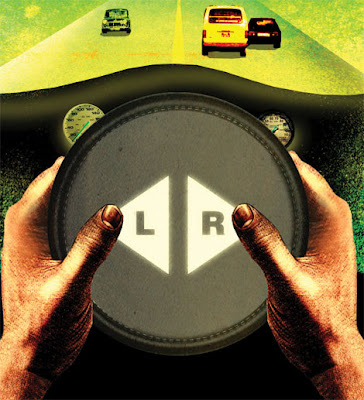Details:
"History: I bought this synth from a Russian ballet dancer who bought the synth in Japan in the 80's. He moved to Los Angeles in the early 90's and brought the synth with him. In the early 90's he had JL at Musictek in LA convert it to US power and install an Encore Electronics MIDI kit in it. When he decided to move back to Russia in 1996, I bought it from him and have owned it ever since. It has been used on pretty much every song I've ever done and has never needed repair or tuning the entire time I've owned it. I would have to say that out of my entire collection of synths, this one synth has been the most reliable, and sounds the prettiest of them all. I've owned 4 Jupiter-8's over the years, and this is my last and best one. You'd be hard pressed to find one in better condition at any price.
Version: This is actually a Roland Jupiter-8a, the later, more desirable model with a more reliable 14-bit processor for improved tuning. By the time this version was produced, all of the updates and bugs were addressed, the tuning was very stable, and the LED screen was brighter with no flicker. It has the DCB port as standard but the Encore MIDI kit installation disabled the DCB functionality.
Condition: Based on 15 years of owning literally dozens of vintage synths, I would rate it a 9.9/10. It is in near mint electronic and cosmetic condition. I know the word mint is overused on eBay, but take a look at the photos and judge for yourself. As you can see, the cosmetic condition of this synth is pristine. There is no wear whatsoever on the graphics, knobs, silver switches, or lettering. The colored orange paint reflects like a mirror and the Jupiter-8 logo is clean and clear. There is no sun damage and all of the parts retain their original coloring, including the white buttons and switches. The stainless steel end panels are in pristine condition. The stainless screws on the sides show no pitting or warping from screwdriver bits as found on most JP-8's. Most Roland synths from this era have pitted screws and the paint is worn off. Not on this synth. The painted screws have retained their glistening finish and look as new. The red LED screen is bright and clear, and the plastic lens has only extremely light scratches from dusting it...but they would not show up in the photos. A little plastic polish and the lens will shine as new. The vinyl-clad exterior is in pristine condition, and the matte finish is not rubbed as most are. The only obvious cosmetic issue on the synth is some minor scratches on the underbelly of the synth from being on an A-Frame stand in my non-smoking studio. There is some dust on the felt inside the air vents at the top of the synth which appeared to be a painstaking task to clean, so I'm leaving it up to the new owner to take care of this (you can see that I started to clean out the dust inside the two slots on the far right). There is one small mark in the vinyl clad metal on the back of the synth above the XLR jacks on the back of the synth. It's less than 1/8" long and nearly impossible to capture in a photo (but I tried). The keys are highly reflective with only the occasional mark here and there.The internal components are all present and accounted for, and the internals are clean and free of rust and debris. The synth is complete in every way, and even includes the small red plastic DCB plug on the back of the synth. This is the mintest example of a Jupiter-8 that I have ever owned or seen for sale anywhere on the net, eBay, or otherwise over the past 15 years of collecting synths. If you're picky about the condition of your gear, and you want the very best synth ever made, this is the synth for you. I realize I'm asking a lot for this synth and it may not be the synth for your price range. If so, please don't send me threatening e-mails. If you can find another in this shape at any price, then buy it at any price. It would be worth it. I'm the type of person that will pay additional $ for something that is the best of its kind, with no rust, and no issues. And this is the best example I have seen of a Jupiter-8 anywhere, at any price.
Functionality: Everything functions perfectly. It tunes up literally on start up, and never drifts. It's the most ultrastable synth with VCO's that I've owned! All sliders have that high-quality feel that the Jupiter-8 synths were famous for. All of the knobs and buttons function perfectly, with no scratchy pots. I have never had to clean the sliders or pots, and they all work as new. All keys trigger perfectly with no double-triggering. All inputs and outputs, MIDI, velocity (from MIDI), aftertouch (from MIDI), modulation, pitchbend, keys, buttons, and pitchbender - everything works perfectly. There is nothing functionally wrong with this synth. The Encore MIDI kit provides MIDI in and out (for exporting sysex data) and is considered to be the best MIDI kit available for the JP-8. It also doubles the memory of the Jupiter-8. For more info on everything that the Encore MIDI kit can do, please check out the Encore site at encoreelectronics.com"






























































